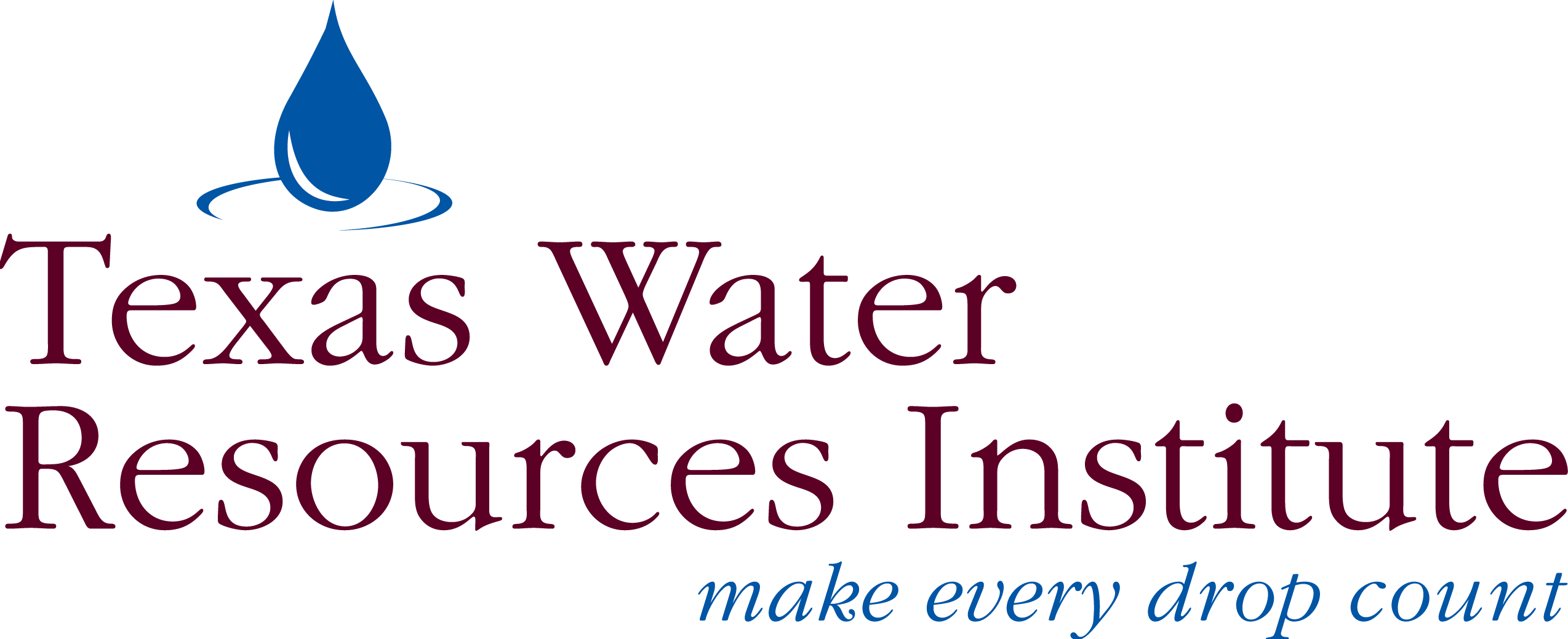2015 Education Materials
EM-120 Utility Customer Profile Guide for Water Conservation Planning
Authors: A. Wolff, D.E. Boellstorff, T. A. Berthold
Conservation coordinators and managers often seek recommendations for best management practices (BMPs) that
produce the greatest amount of water savings at the least cost. In practice, it is difficult to create a hierarchy of BMPs based on cost and water-savings effectiveness because numerous factors may affect those results, including available conservation funding, how conservation affects revenue generation, differences in customer classifications, conservation goals set by the utility or provider, staff availability and training, economic and social values of water, and customers’ attitudes regarding conservation. Therefore, performing a customer profile in each utility service area is necessary for determining the BMPs that may help achieve water conservation goals.
EM-119 Considerations for adopting AMI and AMR: A comprehensive guide for water utilities
Authors: C. Hawkins, A. Berthold
When considering using Advanced Metering Infrastructure (AMI)/ Automated Meter Reading (AMR) systems, every utility has different needs and will have varied experiences in making decisions about changes to its system and how to carry out those changes. As a result, this primer serves as an overview of major considerations for utilities that are considering, or are currently undergoing, a project to change from standard meters to AMI/AMR systems. What follows is a review of important technological aspects, the benefits of an AMI/AMR system, and major considerations important to a successful conversion project. In addition, the book includes some real-world examples of utilities’ and water professionals’ experiences with AMI/AMR conversion projects along with some of the best pieces of advice for tackling conversion projects.
EM-111 Considerations for adopting AMI and AMR: A comprehensive guide for water utilities
Authors: G. Di Giovanni, L. Lee
There are 273 bacterially impaired water bodies in Texas. Identifying and assessing sources of these bacteria — E. coli, Enterococcus, fecal coliforms — is critical to properly determining risk to water recreation, developing effective watershed restoration strategies such as watershed protection plans (WPPs) and total maximum daily loads (TMDLs), and efficiently targeting management measures.


